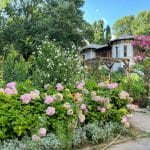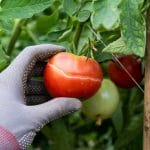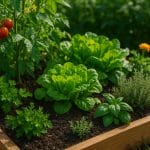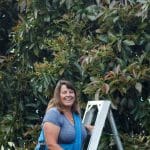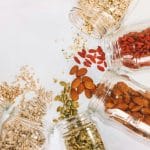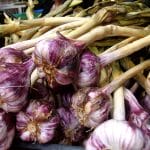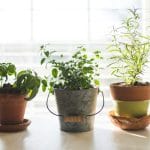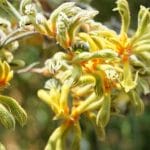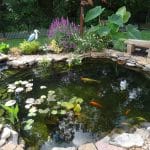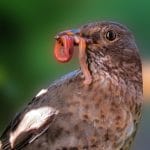Tips for Growing Mushrooms Successfully
Fungi In The Garden
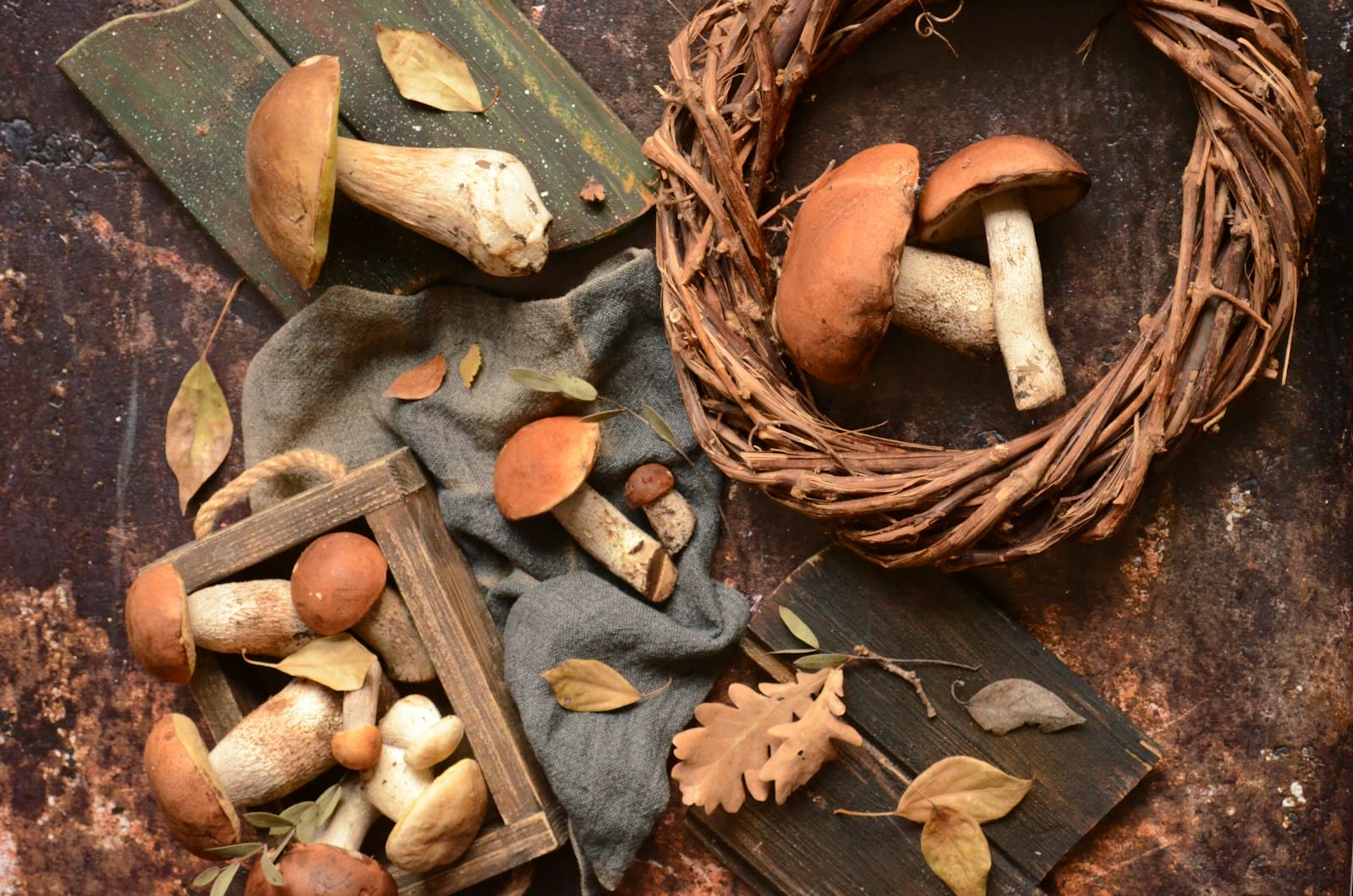
Let me just say this up front: if you’ve never grown mushrooms before, you’re not alone. I avoided them for years. Something about fungus in a bucket didn’t exactly scream “gardening joy.” But then I gave it a try—and now I’m hooked. Not only are mushrooms one of the easiest things you can grow in tight spaces, but they also make you feel like some kind of earthy magician when those little pins pop through the straw or sawdust.
But here’s the catch most folks don’t tell you: not every mushroom grows well in every climate. Some need a cool, damp forest vibe. Others want tropical heat and high humidity. And some—thankfully—don’t care much where you live as long as you give them the right growing medium and a bit of moisture.
So let’s walk through it. I’ll share which mushrooms I’ve had success with (and which ones taught me a lesson or two), all broken down by growing zone, type of space, and growing medium. Whether you’ve got a shaded garage, a tree stump, or a little side-yard patch of mulch, there’s a mushroom that’ll make itself at home.
Cold Climates (Zones 3–5)
Up north with short summers? No problem. Mushrooms don’t need sun, and many actually prefer the chill. In fact, you’ll have better luck than folks in hotter zones when it comes to log-loving species.
Best Growing Spaces:
- Shady corners of the backyard
- Forest edges
- Undisturbed garden beds
- Garages and basements
Best Mediums:
- Hardwood logs (oak, maple, beech)
- Leaf mulch
- Straw
- Cardboard
Mushroom Picks:
- Morels (foraged) – These beauties pop up in early spring along forest edges and recently disturbed soil (think: old burn sites or tree removal zones). No planting required—just good timing and sharp eyes.
- Shiitake – These thrive on hardwood logs, especially if you’ve got a spot that stays shaded and moist. I’ve stacked inoculated oak logs behind my compost bin and they fruit like clockwork in spring and fall.
- Wine Cap – A mulch-bed superstar. Toss some spawn into a wood chip path or under straw near the compost pile, and they’ll surprise you after a rain. They love rich, broken-down matter.
- Blue Oyster – Grow these on pasteurized straw or sawdust in boxes or totes. I’ve had success growing them in cardboard-lined crates in my garage, especially in fall when things get damp.
- Lion’s Mane – Indoors on sawdust blocks is easiest, though you can also try it on logs in cooler shaded areas. Mine live in a dark shelf in the garage with a humidity dome made from a clear storage bin.
Temperate Zones (Zones 6–7)
You lucky zone folks get the best of both worlds—cool enough for shiitake and lion’s mane, warm enough for oysters and wine caps. You’ve got options.
Best Growing Spaces:
- Shaded side yards
- Under fruit trees
- Garden edges
- Garages, sheds
- Deep mulch paths
Best Mediums:
- Logs (for shiitake, lion’s mane)
- Straw (for oysters)
- Wood chips/mulch (for wine caps)
- Coffee grounds/cardboard (indoors)
Mushroom Picks:
- Shiitake – Still a favorite. Logs stacked like a Lincoln Log cabin under my apple tree have produced for years.
- Oyster (any color) – Pick the strain for the season. Pearl and blue for cooler temps, pink and golden for warmer days. Grown on straw in plastic bags or buckets with holes works great. I’ve even seen folks use 5-gallon buckets with straw and coffee grounds layered in.
- Wine Cap – These thrive in layered mulch and compost-rich garden paths. I layered wood chips near my compost bin once and got mushrooms the next spring. They like being left alone.
- Chicken of the Woods (foraged) – Find it on dead or dying hardwoods. Bright orange and unmistakable. Just don’t harvest off conifers—it can cause stomach upset.
- Hen of the Woods (foraged) – Another forest-floor gem. Look near the base of oaks in late summer or fall. Frilly, earthy, and absolutely worth it.
- Chestnut Mushrooms – You can grow these in tubs filled with sterilized straw or supplemented sawdust indoors. They’re a bit finicky but fun once you get the hang of it.
Warm & Hot Climates (Zones 8–10)
Mushrooms love moisture and shade, which makes growing them in warm zones trickier—but not impossible. You’ll just need to think like a mushroom: humid, dark, and out of direct sunlight.
Best Growing Spaces:
- Shaded patios
- Under citrus or fig trees
- Side-yard mulch beds
- Garages with fans/humidity trays
- Indoors in totes or grow bags
Best Mediums:
- Straw
- Sawdust blocks
- Coffee grounds
- Wood chips
Mushroom Picks:
- Pink Oyster – This is your go-to. It loves the heat. I’ve grown it on straw in open-top tubs under 80°F weather and it went wild. Gorgeous, too.
- Golden Oyster – A little fussier, but also heat-loving. Slightly fruity aroma, best grown indoors if your outdoor humidity is unpredictable.
- Pioppino – AKA black poplar mushrooms. They like warmth and hardwood sawdust blocks. A friend of mine grows them in an insulated cooler with a mini humidifier.
- Wine Cap – Still a strong performer here if you can give them a thick mulch layer under shade trees. I have mine growing under a citrus hedge with drip irrigation.
- Lion’s Mane – Needs cooler microclimates, but if your garage or shed stays 65–70°F, you’re golden. I’ve had mine fruit in late fall when the temps drop just enough.
- King Oyster – Best indoors in warm zones. You’ll need a humidity tent or tote, but it’s worth it. The stems get fat and meaty—grill them like scallops.
Grows Just About Anywhere (With the Right Setup)
If you’ve got a shelf, a tub, a bag of straw, or a bucket of coffee grounds—you’ve got a mushroom farm waiting to happen.
Spaces:
- Kitchen counter
- Garage shelf
- Balcony corner with shade
- Under raised garden beds
Mediums:
- Pasteurized straw
- Coffee grounds + cardboard
- Hardwood pellets or sawdust
- Mulch, compost-enriched paths
Try These:
- White Button / Cremini / Portobello – Technically the same species at different stages. Usually grown in composted manure indoors. A little trickier but worth trying if you’re feeling confident.
- Oyster Mushrooms – They’re the gateway mushroom. Grow them on anything: straw, cardboard, coffee grounds, even toilet paper rolls (no joke). Just keep the humidity up.
- Lion’s Mane – A mushroom that looks like a shaggy mop and tastes like lobster. Blocks or jars in a tote work best.
- Shiitake – Once your log is inoculated and set up, it’ll fruit off and on for years with minimal effort.
Final Thoughts from the Shady Corner of My Garden
If you’ve got a shady nook, a garage shelf, or even just a pile of wood chips under a tree, you can grow mushrooms. And you should. They’re satisfying, forgiving, and downright fun once you get the hang of it.
For me, it’s not just about eating them—it’s about watching life show up where you least expect it. Like little edible miracles breaking through a log.
So go find a spot, grab some straw or a log, and see what grows. Worst-case scenario, you compost some sawdust. Best case? You’re sautéing wine caps in butter and wondering why you didn’t start sooner.
Share this post
Table of Contents
- Cold Climates (Zones 3–5)
- Best Growing Spaces:
- Best Mediums:
- Mushroom Picks:
- Temperate Zones (Zones 6–7)
- Best Growing Spaces:
- Best Mediums:
- Mushroom Picks:
- Warm & Hot Climates (Zones 8–10)
- Best Growing Spaces:
- Best Mediums:
- Mushroom Picks:
- Grows Just About Anywhere (With the Right Setup)
- Spaces:
- Mediums:
- Try These:
- Final Thoughts from the Shady Corner of My Garden
All categories
More From The Garden
Disclosure: This post may contain affiliate links. That means if you click and buy, The Bright Garden may earn a small commission, at no extra cost to you. We only recommend products we’ve vetted and believe will benefit our readers.

